-
Posts
2.332 -
Joined
-
Last visited
-
Days Won
60
Posts posted by Sundiata
-
-
58 minutes ago, stanislas69 said:
Yes I did. I have been working on 2.8 for some time now

How is it??
-
10 minutes ago, stanislas69 said:
If provided with a dae or a fbx file I could also render it in Blender. Still not sure whether its worth it.
Have you tried Eevee yet? I haven't myself, but it seems pretty cool for quick renders of a good quality...
-
 1
1
-
-
@DarcReaver I agree that the current system is flawed, primarily because "Citizen-soldiers can instantly react to an attack", as Thorfinn and others have pointed out.
I personally prefer this system:
1 hour ago, DarcReaver said:buildings that gather based on the terrain, i.e. you can build quarries next to stone resource spots, and a limited amount of workers can gather resources from there
Farms built on fertile lands. farm income based on amount of assigned workers and fertility of the soil. Mines (stone, iron, gold) built on sockets in in rocky/mountainous areas away from your starting CC. Most of them shouldn't deplete, but provide a set income based on size and amount of assigned worker (slaves or serfs). Workers assigned to a logging camp, with a wood income determined by amount of assigned workers and trees within its radius. Set the logging camp to clear the forrest for a large, quick, unreplenishable income of wood, or set it to sustainable logging, for a slow but permanent wood income (forrest remains intact/regrows).
I disagree however with your statement that Citizen Soldiers are unhistorical. That's not true at all... The way they are implemented is the problem (switching between working tools and weapons in a split second). Professional standing armies of paid soldiers was definitely not the norm in Antiquity. The majority of warriors in most civilization had a day job (farming, herding, hunting, day labour, civic jobs, a little bit of this, a little bit of that)...
The thing is that they should be called up to fight, run towards an armory (barracks), and be equipped with weapons and arms. This would be different from recruiting a new army, which would take much longer. Calling your already trained citizens to arms wouldn't cost you anything excepts for the time it takes (and the the lost resource income because of fewer workers). This alone would help a lot to level the playing field between attacker and defender.
A standing professional army should ideally compliment your citizen soldiers, when and where necessary. But the distinction/nuance between resource gathering citizen soldiers and non-gathering champions is really nice in my opinion. And historically more accurate than scrapping the system entirely. It just needs fine tuning (no immediate switch between tools and weapons), in combination with a revamped economic system (node-based).
-
 2
2
-
-
9 minutes ago, Nescio said:
Ignore that table at the bottom of the page. What we need is a list of phrases per language. I've organized the page a bit, hopefully it helps.
Ah, yes, now I see... Never mind then
 Good luck!
Good luck!
-
2 hours ago, stanislas69 said:
@Sundiata can you update that wiki page with the Kushites voices ? (while you are at it fix Mauryan)
Wiki is updated for Kush
 https://trac.wildfiregames.com/wiki/Audio_Voice_List
https://trac.wildfiregames.com/wiki/Audio_Voice_List
I don't understand what is going on with the Mauryan one...
 It looks like it's having a mental breakdown in every language but Sanskrit, or Prakrit, or whatever language Mauryas are supposed to speak in-game...
It looks like it's having a mental breakdown in every language but Sanskrit, or Prakrit, or whatever language Mauryas are supposed to speak in-game...
-
@stanislas69, something similar...
Here are some examples of grass/reed mats from Ancient Egypt and the Levant, followed by some much more recent antique traditional Tuareg grass mats from Mauritania and Mali with color, to give you an idea of how colored versions of these mats may have looked like in the past.
Spoiler-
 1
1
-
-
We shouldn't rush to remove all carpets from the game, as the title of this thread says. Although they were definitely a status symbol (those types of carpets still are), they were definitely known as far as Greece. To what extent they were present is difficult to gage, but it's a fair assumption that they were rare. Reed mats would have been far more common, and are probably more appropriate for those Ptolemaic (and other) rooftops. The thing is that reed mats can be highly decorative (even colored) as well.
The second point is that Pazyryk rug is dated to the 5th Century BC, and was already highly developed, showing strong similarity to later, and even modern carpets from the Middle East. Carpets are made from organic materials which don't preserve well at all, making it very difficult to make absolute statements about how common or not they were. The only reason the Pazyryk rug was preserved so well is because it was found frozen in ice, in Siberia! Another testimony of how widely they were traded (originally believed to be from Armenia).
If the carpet was really manufactured in Armenia in 5th century BC, then those types of carpets were being woven in the Persian satrapy of Armenia, and the later Hellenistic Kingdom of Armenia as well... These carpets were woven on a crossroad between East and West... Plenty of nomadic traders around to spread them far and wide, such as the Scythians.
To summarise: replacing carpets with reed mats for common structures is not a bad idea. Don't remove carpets from elite structures like palaces and temples.
Spoiler-
 1
1
-
-
4 hours ago, DarcReaver said:
Usually it's best to do what's best for the game, not what's best for the people. Players will hate anyways... from my experience most people will forget quite quickly and adapt to the new situation. If the community breaks with the removal of a mostly useless feature there's something wrong anyways.
Formations being broken doesn't mean that they're not being used, or going to be fixed eventually. I never use them in combat, but I wouldn't give them up for the world either. The grandiose military victory parade at the end of each SP match is the cherry on the cake for me...
-
 2
2
-
 1
1
-
 1
1
-
-
-
3 hours ago, Anaxandridas ho Skandiates said:
She is a solid archaeologist, but again I am afraid that these reconstructions are often "too-great-to-be-true". You will notice that behind the headlines in popular "civilization" and "history" magazines etc. - there is in the actual work always a disclaimer saying "loose reconstruction" or "where evidence is missing, we have attempted to fill in" etc. etc.
I grant that this is the only way that this can be done, and it is valuable. They have to engage the public with headlines and fancy images. But I do wish that these scholars would start every article or image description of reconstructions with the words "x% of what you see is what we found, xx% is our conjecture and we actually have no real idea what these structures look like".
The ground plan of the temple is known, and "the brickwork is preserved to 7m in height, but has only been excavated in a few places". They used the inclination of the stairs as an indication of the original height. Glazed bricks in the ruble were used to provide information for the reconstruction. Sumerian architectural traditions are also well studied... Check video with a little info:
Pretty sure it's as good as it gets.
-
 2
2
-
-
3 hours ago, Anaxandridas ho Skandiates said:
Actually, the Macedonian wonder should be the gigantic Alexander-capital of Mount Athos that was never built - his short life prevented him from making Macedonia the leading state of the world, imagine the wonders that could have been built if he had conquered the West like he planned to before he died!
I think we're avoiding alternate history timelines. Do you have other examples of monumental Macedonian architecture, like the Philippeion, for example?
-
 1
1
-
-
@Genava55 it's weird, yes. I think there are a lot of things from the Neolithic and Bronze Age that will remain shrouded in mystery, but might help explain some widespread phenomenon. I agree that they probably had some ritual use, not combat, per se. No need to depict it in-game, in my opinion. But still interesting.
The horns on many of those horned helmets are similar to the horns of aurochs and ancient cattle breeds. The appearance of cattle herding cultures in the European Neolithic fundamentally changed things. I think it's fair to assume there were associated cattle cults. See how widespread bucrania are, for example...
-
 1
1
-
-
Seems interesting and worth the read... Funny, because I was collecting some visual references for Hellenistic palaces, to help differentiate them from the Hellenic Civic Centers in-game.
I like the two storied facade of the Macedonian palace of Aigai in particular, which could be a very useful ref for @LordGood. Since you've done such an amazing work, on everything really, but especially seen the latest updates to the Athenian and Spartan civs, this could help you along a little further.
I'm not an expert though, and I find it difficult to assess the accuracy of the refs (on account of the variety in interpretations), maybe @Anaxandridas ho Skandiates or @Nescio could discuss them a little more in depth.
The Macedonian palace at Aigai (Vergina), https://www.aigai.gr/en/explore/museum/palace/aiges/vergina
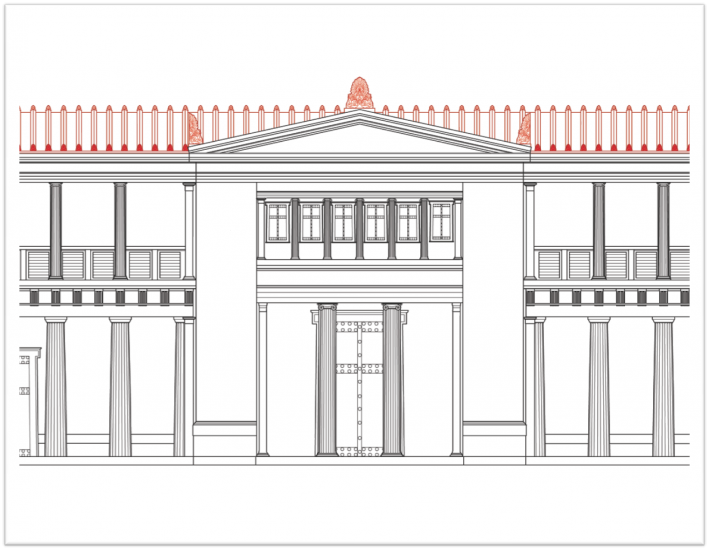
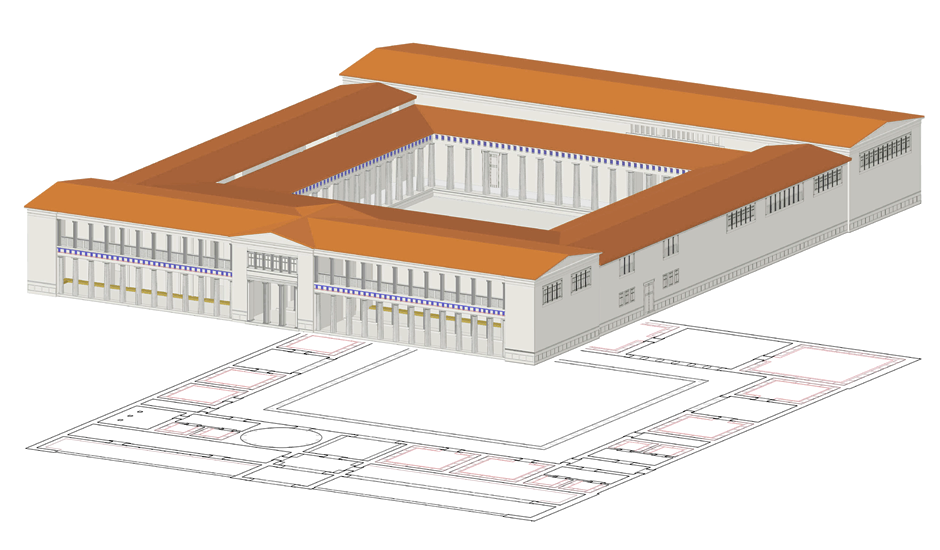
Slightly different interpretations.
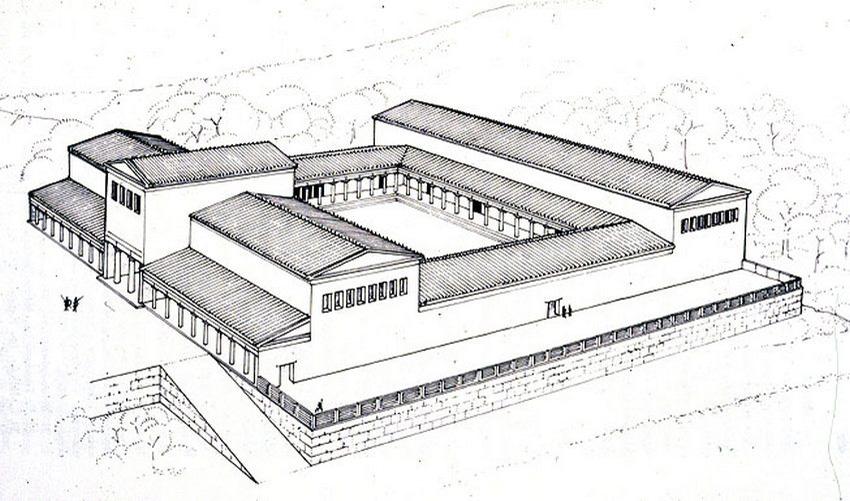
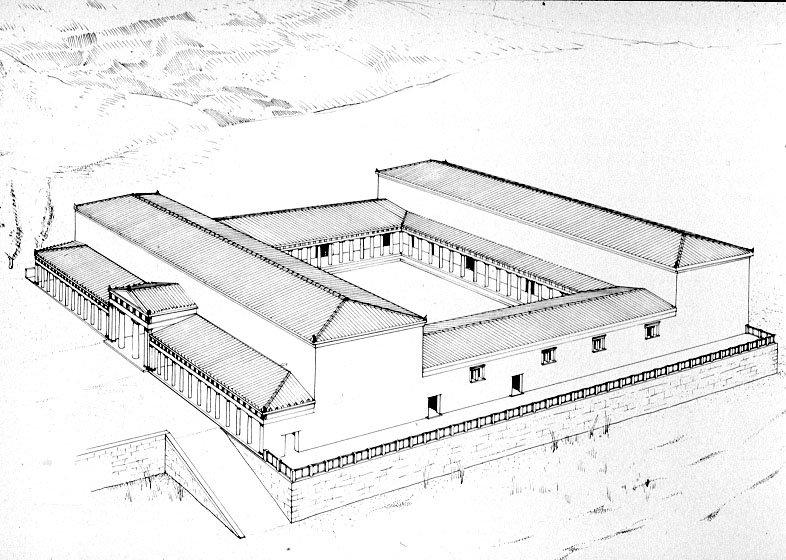
Macedonian palace at Pella, http://pella.virtualreality.gr/en.html
The Tobiad palace of Qasr al-Abd, in Iraq al-Amir, Jewish Hellenistic architecture in Jordan. Some kind of governors residence under the Ptolemaic Dynasty. May have fallen into disuse after the Seleucid conquest of the region. https://books.openedition.org/ifpo/4894
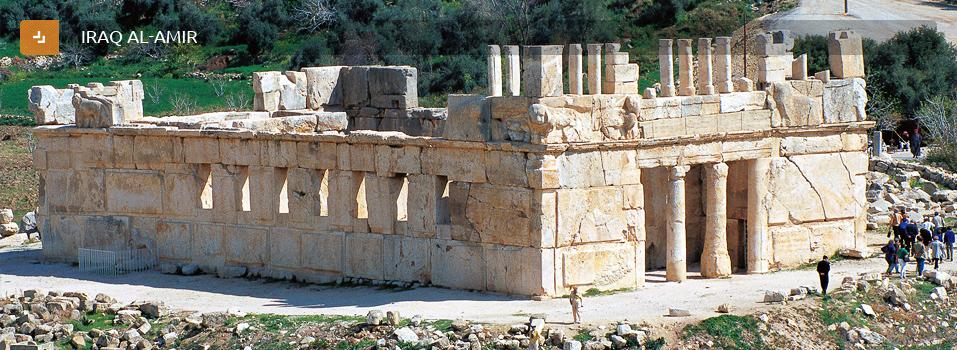
Another thing I've been meaning to bring up. The Seleucids are one of my favourite civs in game. Their building models looks gorgeous! My problem with them is that someone who's unfamiliar with Seleucid history, will be unable to even guess where in the ancient world they were located. There are very little hints about the Middle Eastern empire they ruled. I suggest adding the "Bit Resh" as a special building to their building roster. The Bit Resh was a large temple complex dedicated to Anu and Antum, and featured magazines and "administration and scientific archives", apparently attached to a scribal school. It was built by Anu-Uballit Nikarchos, governor of Hellenistic period Uruk. Yes, that 5000 year old city was also an important centre under the Seleucids. It's built in a revived classical Sumerian/Babylonian architecture in 244 BC, which makes it rather special, and emphasises the complicated cultural context of the Seleucid Empire.
http://www.artefacts-berlin.de/portfolio-item/uruk-visualisation-project-the-seleucid-period/
-
 1
1
-
-
@Genava55 I suspect that the horned helmets are pretty widespread European Bronze Age thing, that survived into Celtic times.
SpoilerNorthern Italy bronze
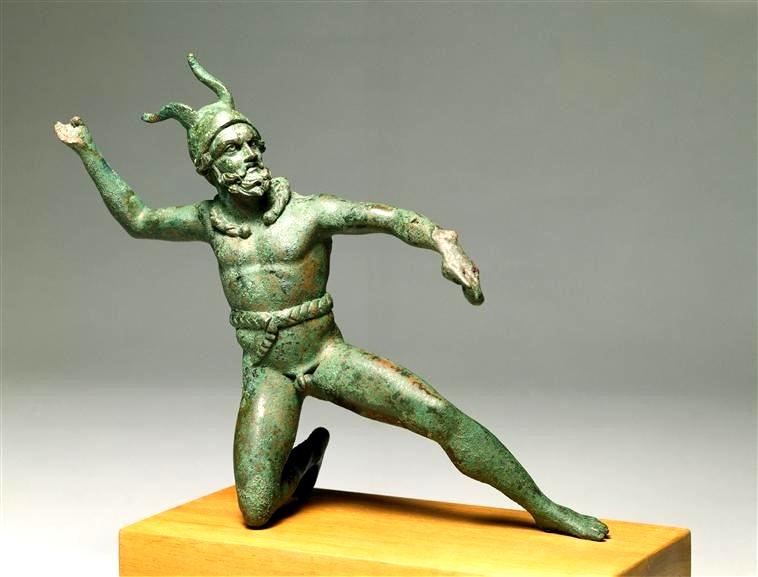
The famous Bormio stele of the Golassecca Culture also depicts a modestly horned helmet
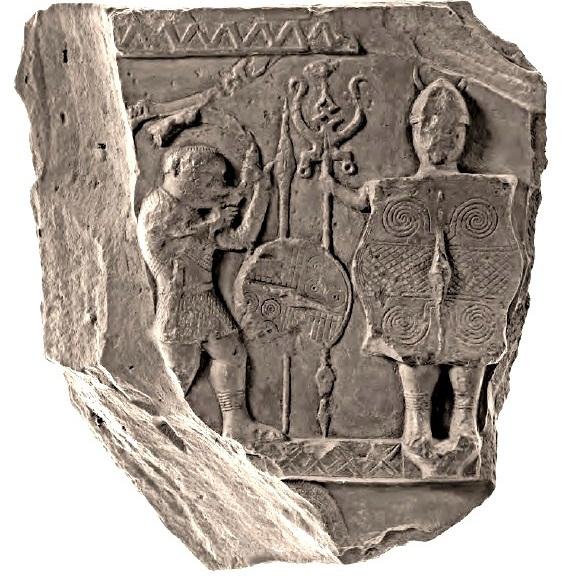
Horned helmets were popular among the Nuragic culture
Enkomi Cyprus Bronze Age
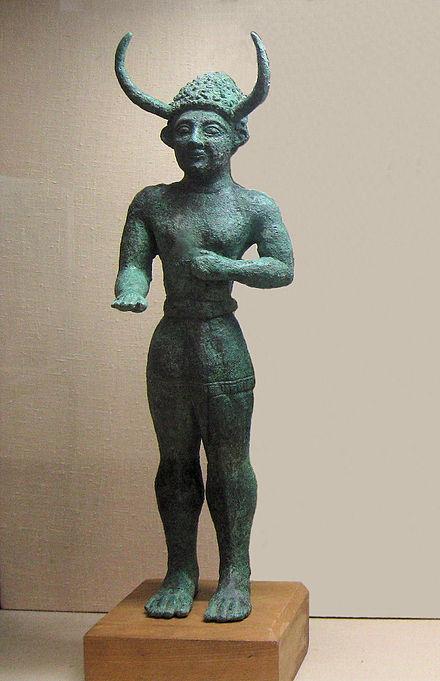
Denmark Bronze Age
Viksö helmets, bronze age denmark
Even the Ancient Egyptians depicted the "Sea Peoples" with horned helmets.
I think horned helmets are part of the Bronze Age cultural substrate that the Celtic world inherited.
-
 2
2
-
-
How about some epic moustaches as a separate prop for the nobles? To emphasize the epic Celtic moustache (without beard). Even with some of those epic braids hanging from the side of their heads, considering how much detail the helmets have now?
Spoiler-
 2
2
-
-
Why can't citizen soldiers just be citizens when they're working? When you get attacked, sound a specific horn, and your citizen soldiers (still in citizen attire) run fast to the nearest barracks and are equipped with weapons and armor. Now barracks have another function, other than just recruiting, and would make them and their positioning more important. It would make defending a more deliberate act. It would also emphasize the difference between militia type citizenry and a professional standing army of mercenaries and champions, which may or may not be accompanied by citizen soldiers called up for combat. It would also make ambushing defenseless workers more viable.
-
 4
4
-
-
6 minutes ago, Nescio said:
A word of caution: Arab originally meant desert dweller; we now call them Bedouins. So when in the Koran/Qur'an Mohammed calls the Arabs worse than heathens, he doesn't mean the people of Mecca and Medina, no, he's fulminating against the nomadic peoples who refuse to accept his leadership (and stick to the polytheism of their ancestors).
Yes, you're absolutely right. I was literally just trying see if I could find anything on reliefs depicting Bedouins, or other "desert dwellers"

Even today, what the term "Arab" refers to can be a little vague at best.
-
I'd love to be able to give you more detailed info. I'm curious about the use of head covers among Arab and Judean populations in antiquity myself, but I can't find much. The Keffiyeh is said to have evolved from an ancient Sumerian head covering, the Shemagh, but it's all a little vague, and I can't find any clear depictions of it from the levant in antiquity. They are often portrayed in popular culture, but I'm not sure what they're basing it on.
Simple, slightly conical felt(?) caps were a thing... A simple headband was also common.
The last two pictures you shared aren't Seleucid units, but are Beja people (typical afro/locks), from Sudan (see the Blemmye mercs for the Kushites). I suspect that the guy who painted the models just adapted 19th century Beja units from a Mahdist pack and outfitted them with a Thyreos to make them fit in more.
SpoilerThe following 2 images depict Hebrew tribute bearers in Assyrian reliefs (pre-dates 0AD by a few centuries)
Hebrew exiles from Lachish, after the Assyrian destruction of the city
"Kingdom of Israel and Judah" (9th century BC)
The only depiction that I'm personally familiar with that shows something very much like a Keffiyeh, which dates to 0AD's timeframe is actually from the Greco Bactrian Kingdom (3-2nd century BC), but that's quite a distance... Considering the Persian connection, there might be a common root with the Keffiyeh, but I really couldn't say for sure.
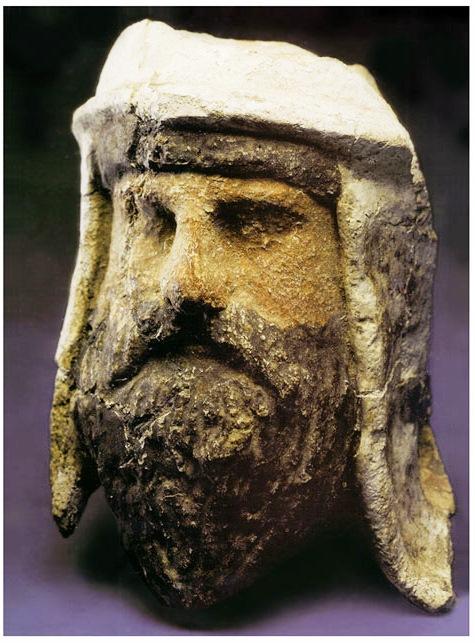
-
 2
2
-
-
28 minutes ago, Genava55 said:
I personally prefer something more remote from Asterix and XIXth century romanticism representations. If we have the possibility to give a different vision of these cultures, it is something good to do.
Sure, no problem. I was just thinking of not letting the healer/priest unit look too much like a warrior (seen as the game is already full of warriors of every kind). You'll mostly be seeing them from a distance, zoomed out, which might make them even less recognizable.
What are your opinions on the Romano Cletic Hooded Spirits, Genii Cucullati, as an inspiration for the druids, or would that be inappropriate?
-
For recognizability sake, why not give him long white/grey hair and a beard? Might be a bit stereotypical, but considering the lack of detailed descriptions/depictions, why not? He should look a little mystical, no?
-
Hmmm,
So you consider this laughable non-sense of an abject quality?
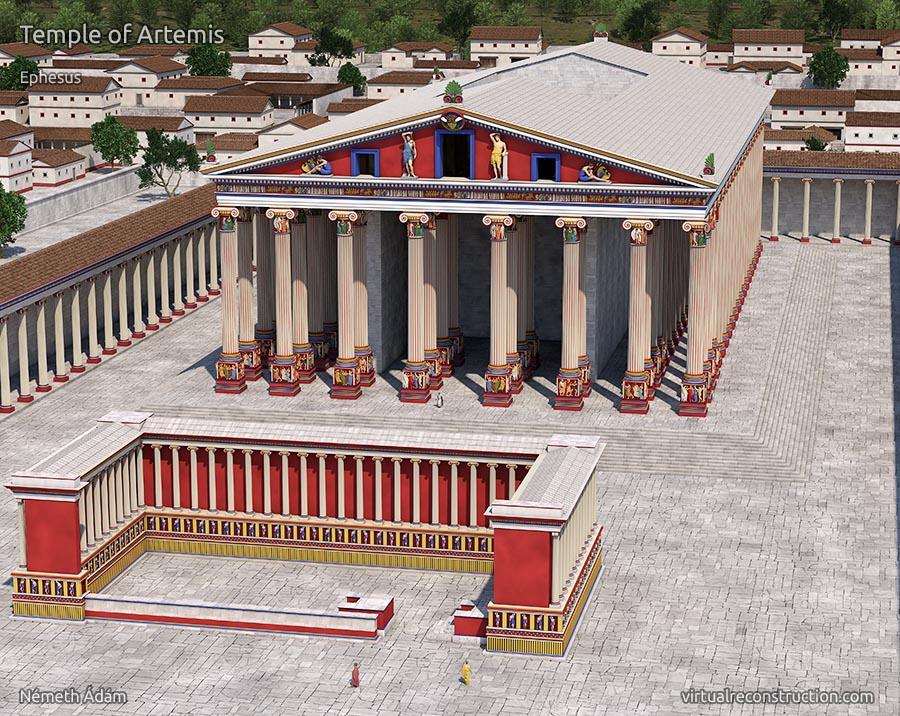
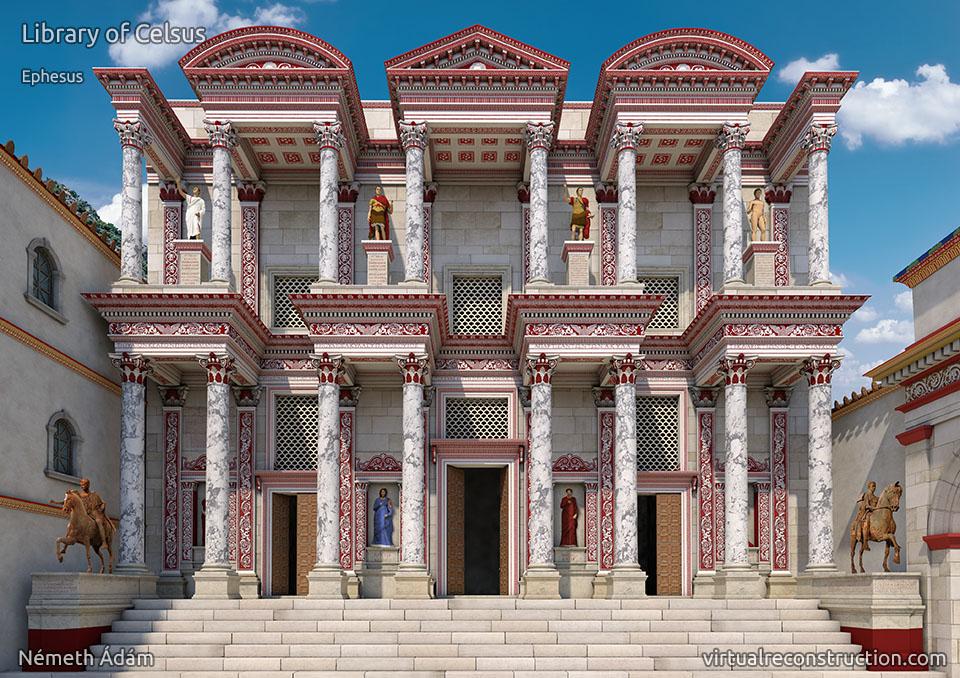
Again, seems a bit harsh (especially considering that guy reconstructed the actual city of Ephesus for Nat Geo, not just those two buildings)
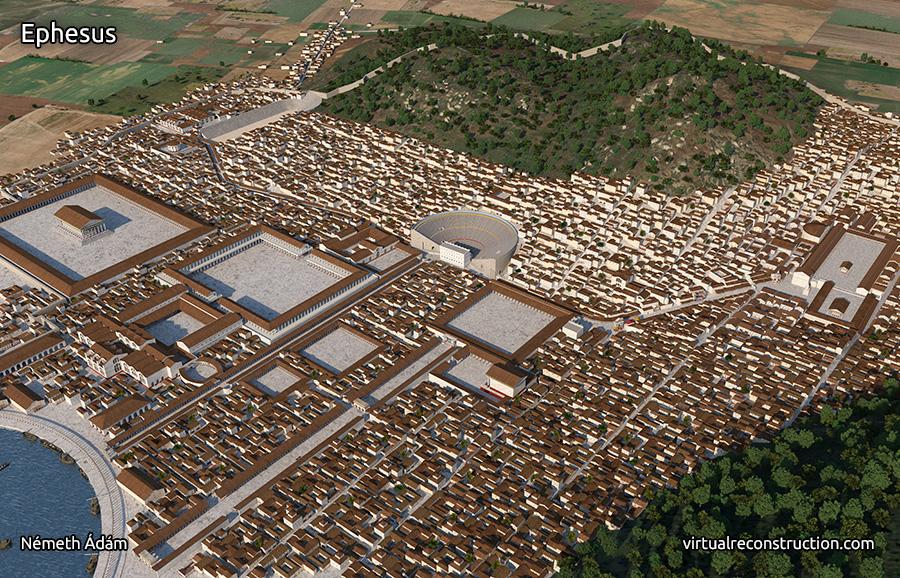
I'm actually quite enjoying his website
 http://virtualreconstruction.com/wp/?paged=1
http://virtualreconstruction.com/wp/?paged=1
True, the color schemes might not be historically attested, as indicated by the artist himself, but I think those renders look really great, regardless. Historians and most self respecting history enthusiasts know that many details, especially things like color schemes, finishings and props in artist renditions are something to be cautious about. Where this particular artist didn't get the colors exactly right, he made up for in 3 dimensional awesomeness. But I guess that's just my opinion. Don't get me wrong, we should always strive for the highest level of accuracy, colors included. I just don't think artists and even researchers should be derided for not getting every single color exactly perfect. Constructive criticisms are better. Explaining exactly which colors are wrong, and how they should be improved in future iterations is far more valuable for artists. Historical reconstructions including artists renditions are often works in progress, that are revised (or redone), or can serve as inspiration for improvements by future artists as more information becomes available.
-
 1
1
-
-
@Anaxandridas ho Skandiates Yes, I noticed that they glossed over the lacquer finishing, pun intended... But to say that they are useless and fake is a bit harsh, don't you think? They put an incredible amount of work into it, which I'm yet to see repeated, let alone improved by other teams of experts. I don't think they're too far off, perhaps not a mythical "100%", but nothing a little "varnish" can't fix...
I mean, it's nothing like the Spanish Jesus fiasco:
Spoiler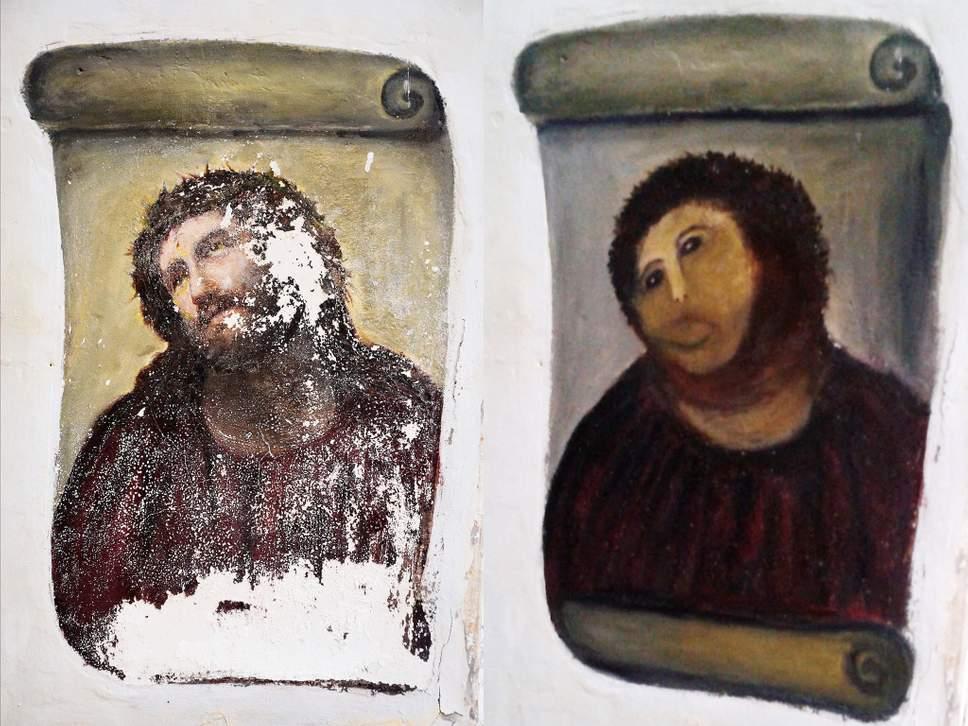
It's like making out Outlaw King to be Braveheart. They tried... The final result wasn't too shabby.
-
 2
2
-
-
On 1/1/2019 at 6:51 AM, Anaxandridas ho Skandiates said:
@Sundiata Let us postpone that entire exchange of arguments to a separate thread, and focus on the issues at hand. There is enough to do! It will be an exciting task once we get so far. INDO-GREEK CIV. Awesome idea! What a historic campagn we could make!!
Sure, no problem. I'm going to open a research thread on the Greco Bactrian Kingdom sometime soon. I'm sure you'll be able to provide us with all the Greek literary sources (as there are only very few)
Just some closing remarks from my end.
SpoilerWe are indeed probably not that far apart. I'm focussing primarily on the Greco Bactrian Kingdom, not so much the Indo-Greek Kingdom, although there's obviously a clear relation. I was just a little "triggered" by "we must assume that these kingdoms, which were indeed as you say the last independent hellenistic kingdoms, were exactly like all the other hellenistic kingdoms", which just isn't true from an architectural perspective (apart from the theatre at Ai Khanoum, I'm yet to see a single purely Greek structure in Bactria). Neither is the ethnic composition the same, and even the variety of religions professed, not only by their subject populations but also by the Greeks in Bactria themselves. They would look and feel quite different from the other Hellenistic civs in-game, which is a good thing, to have accurate variety. That was my main point.
I'm familiar with the Periplus of the Erythrean Sea. I don't recall it saying anything about Greeks mass-migrating out of Bactria. That route might have been very profitable, but also extremely arduous, and this time, seems rather speculative on your part to suggest that there was some kind of exodus through that route. I'm sure some Greeks migrated out of the region, but it couldn't have been that many. It took more than 2000 km over difficult terrain, now potentially hostile, just to reach the coast. Not really an urbanite family affair.
1 hour ago, Anaxandridas ho Skandiates said:FULL STOP AND WARNING, those "sculpture colour reconstructions" and the entire series they are from are useless.
Would you care to elaborate? I thought the color reconstruction of the Alexander Sarcophagus was legit? Did I miss something?
https://j4communications.com/files/2014/12/DSM_Alexander_A4_eng_finalLR-copy.pdf
-
I wish you all the strength, time, motivation and patience to continue your marvelous contributions, whichever they may be

-
 4
4
-

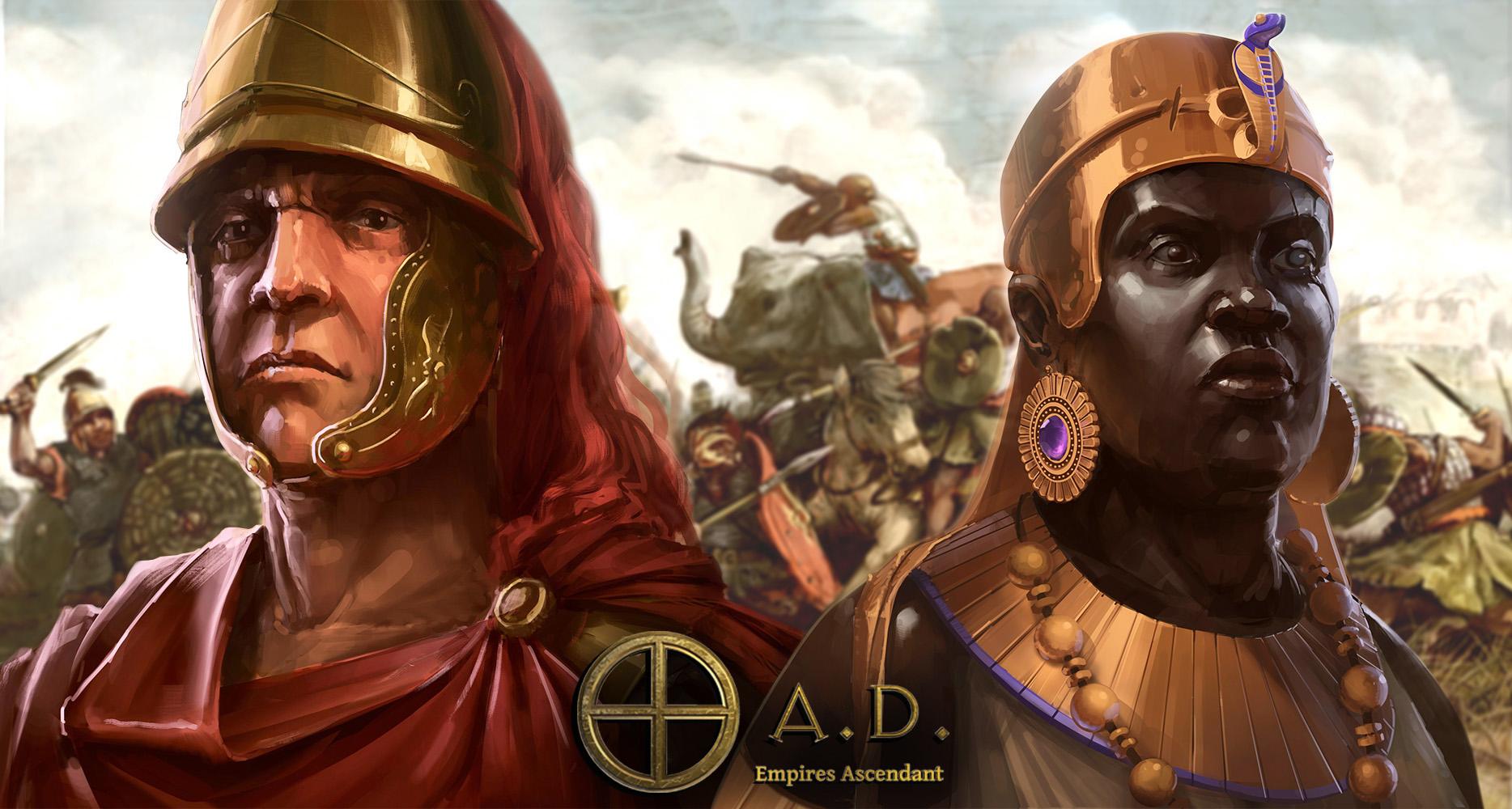

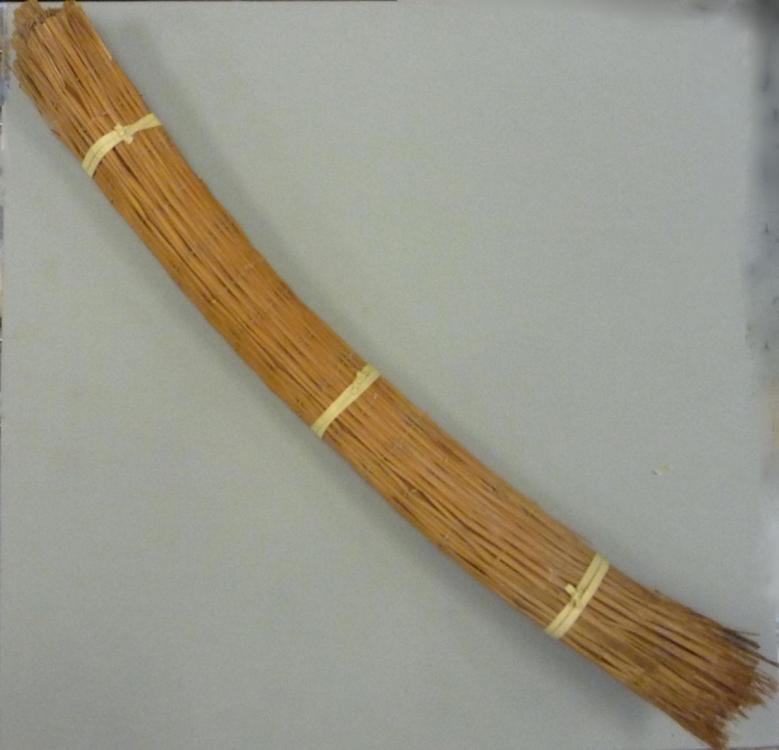
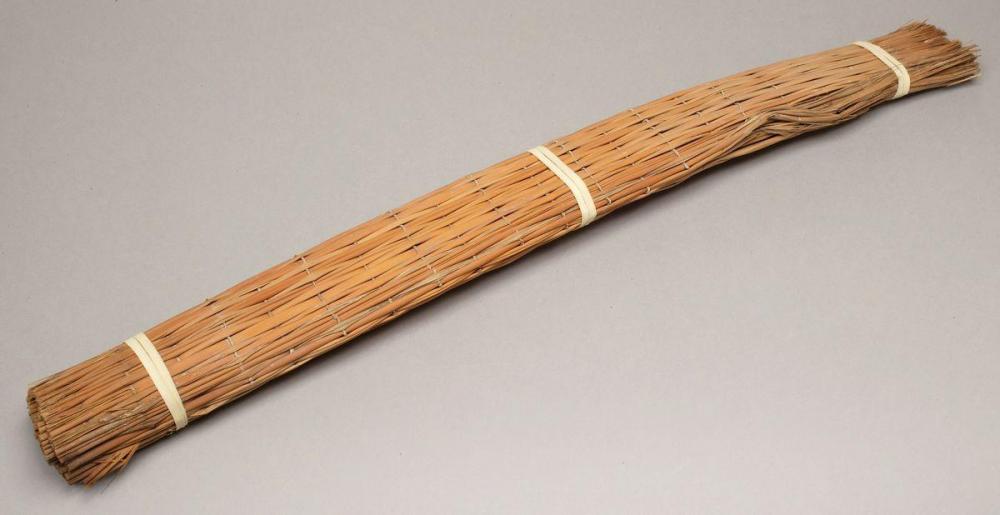
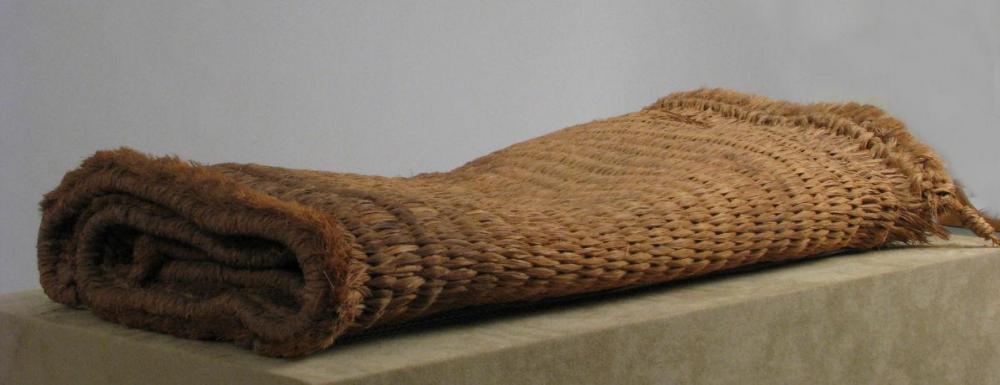
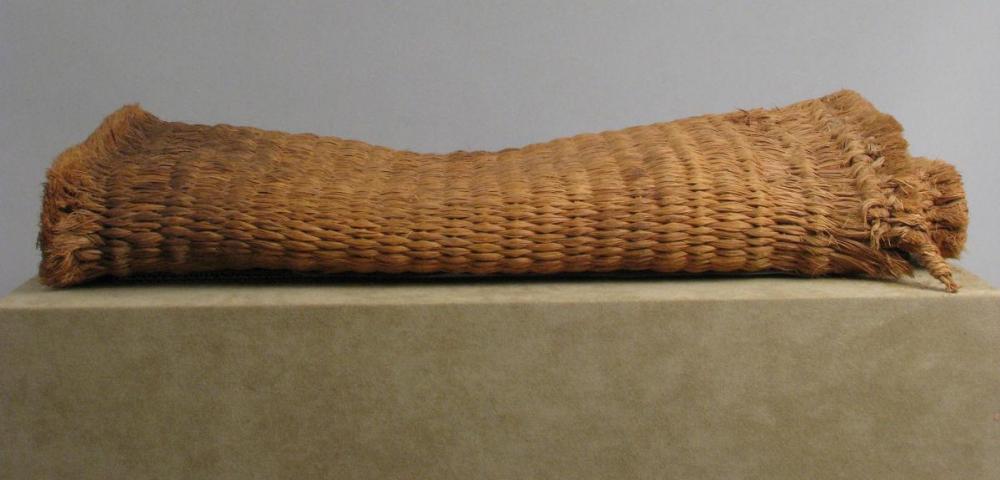
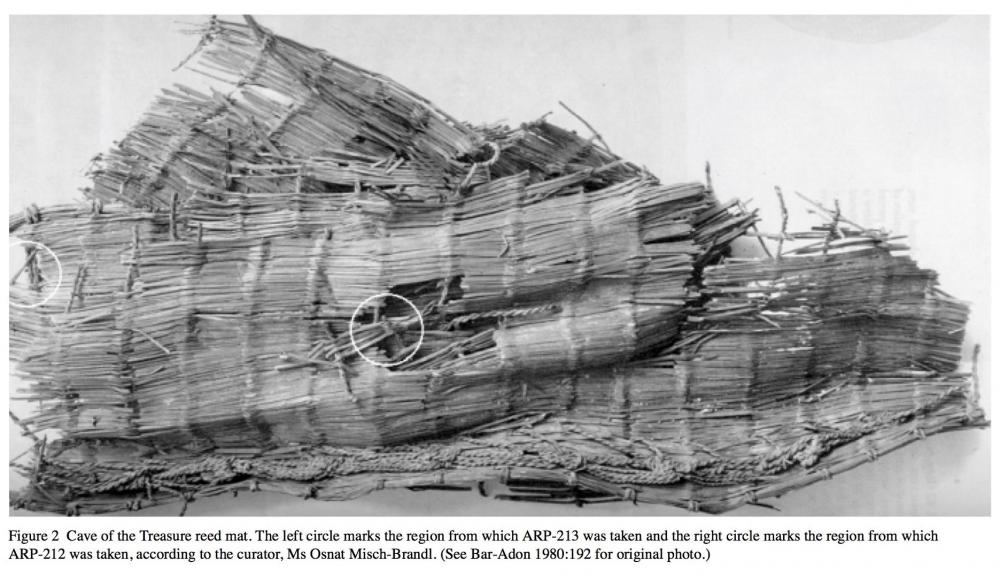
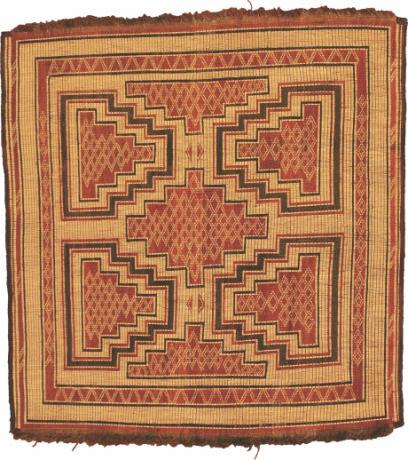
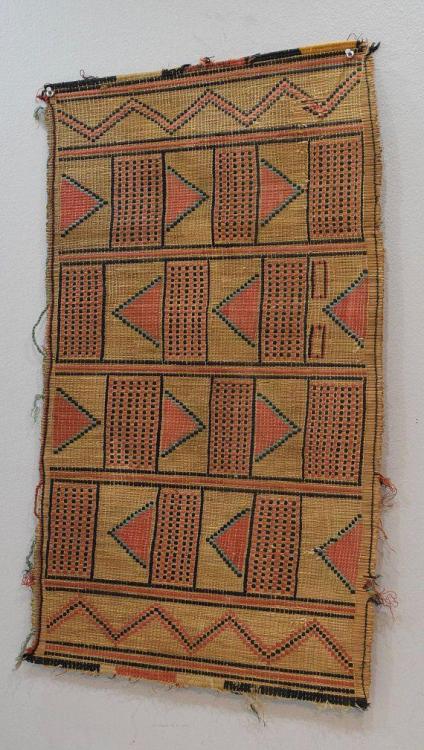
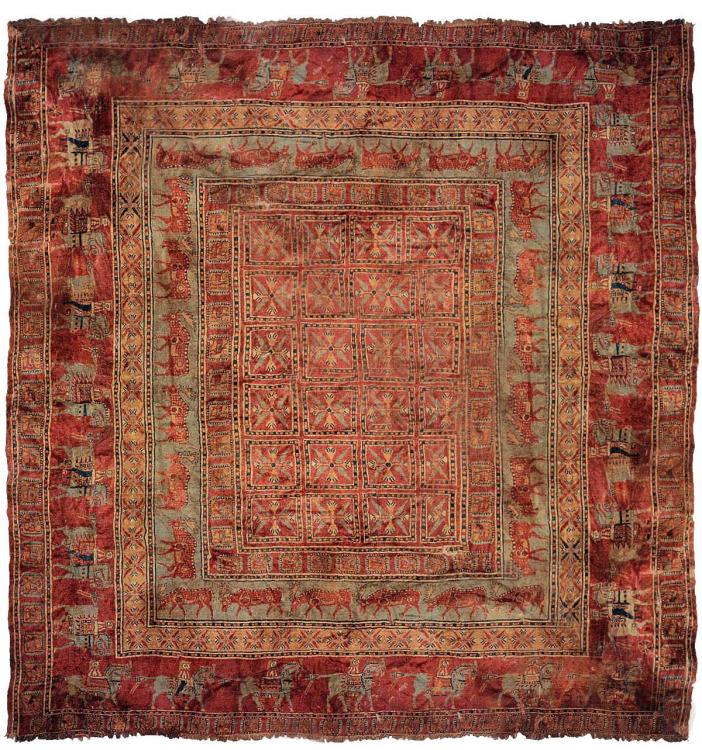
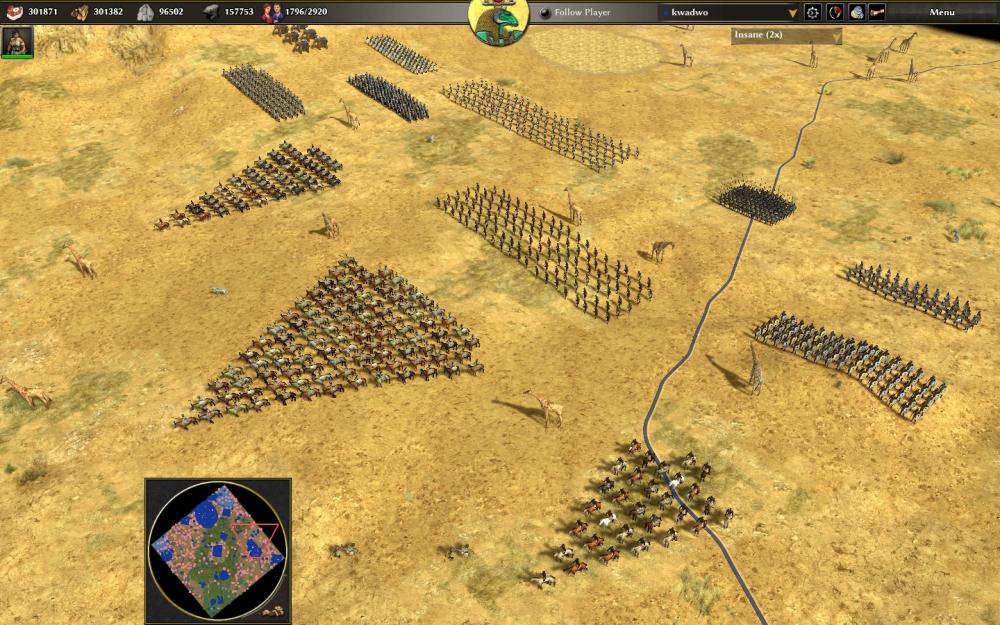
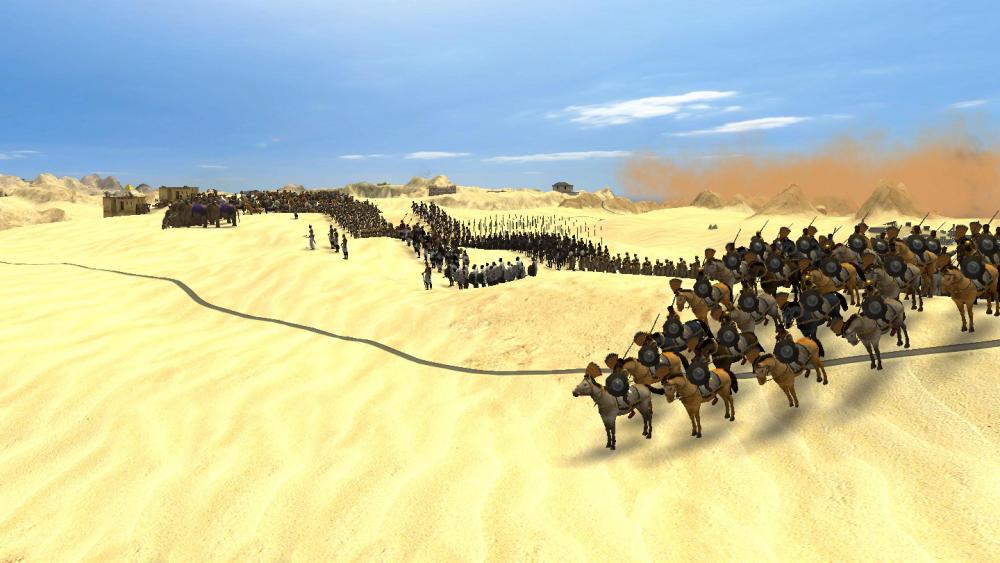
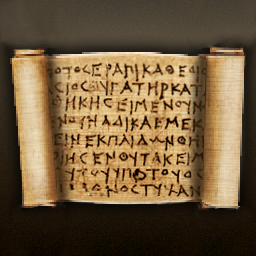
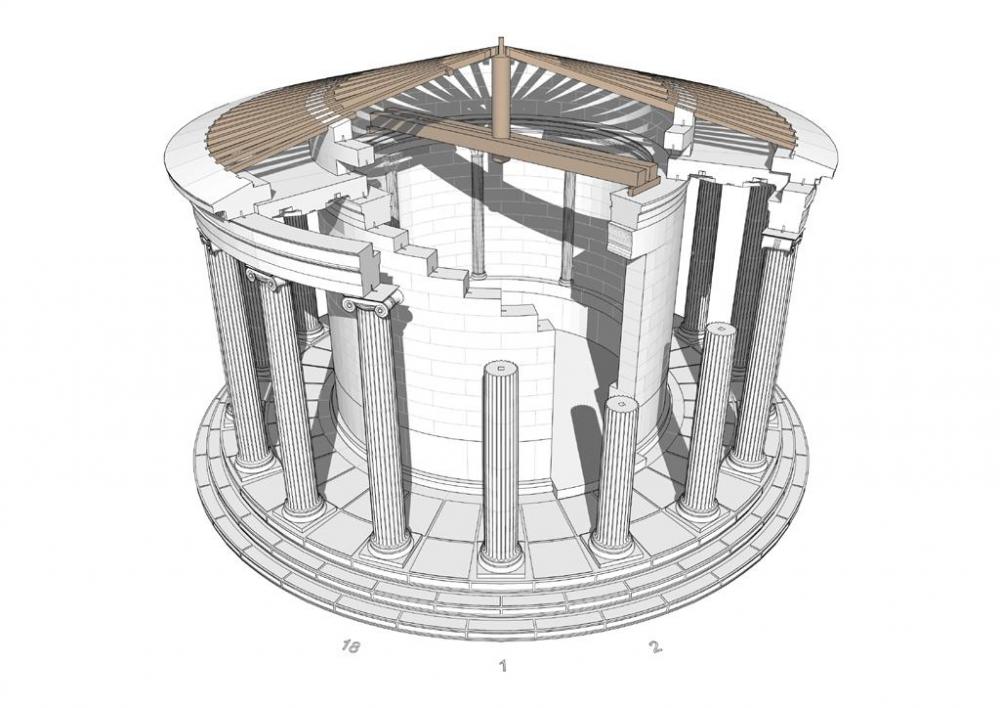
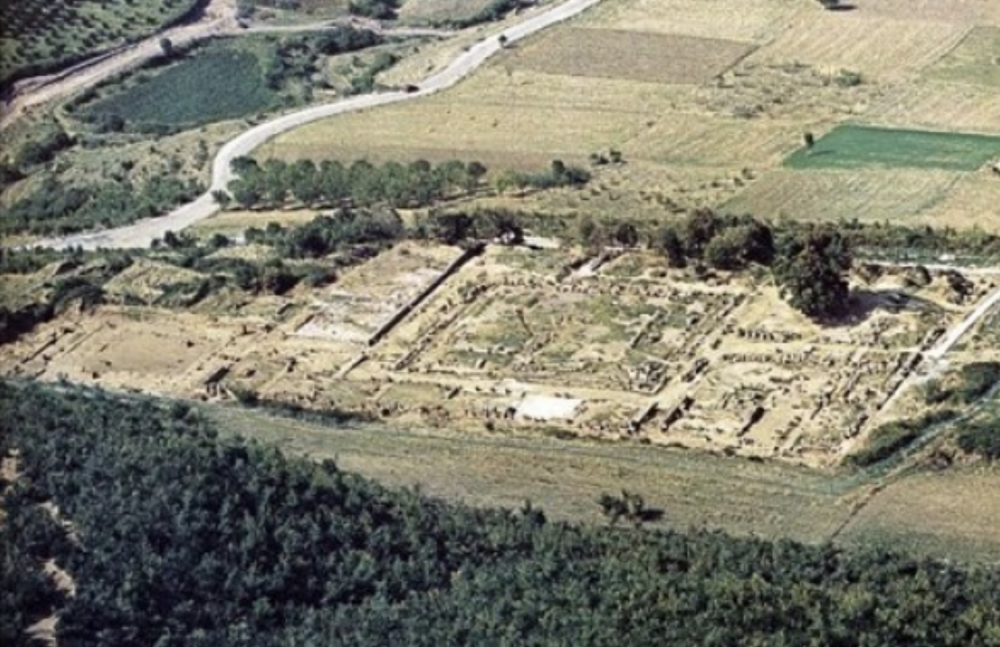
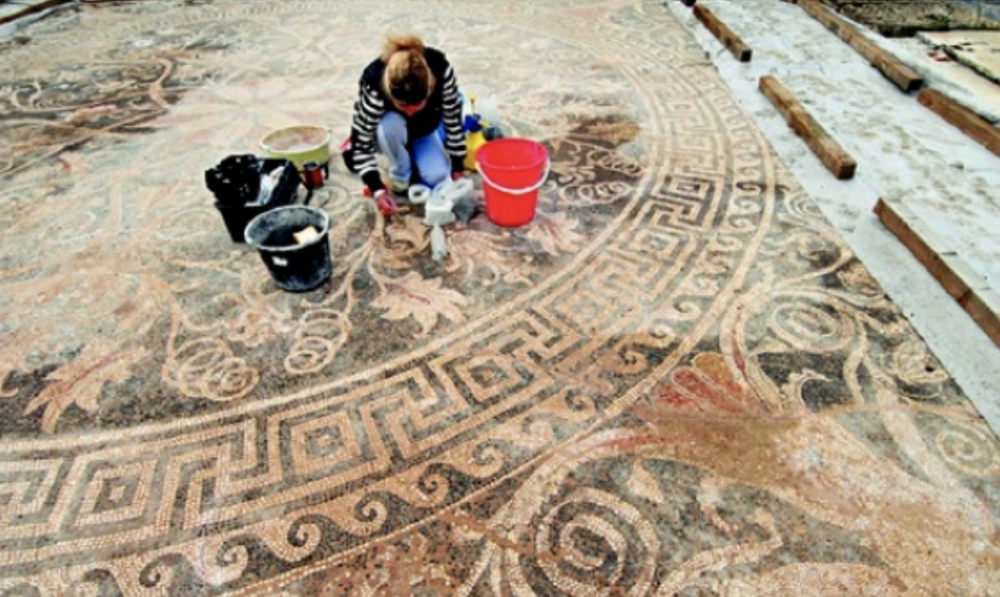
.jpg.a5feb0e4b9933de59f559b3bbc694fef.jpg)
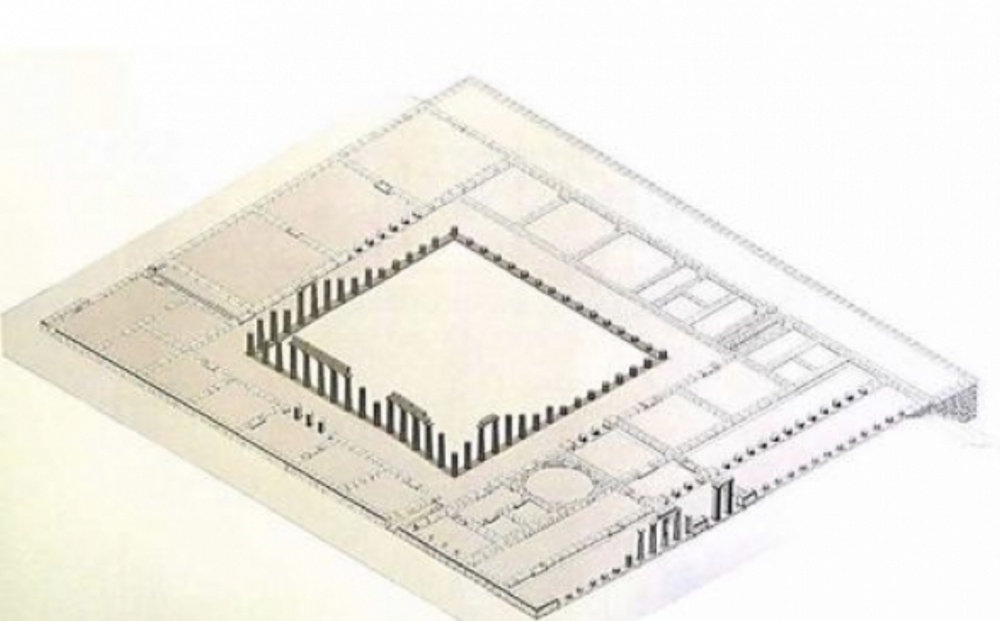
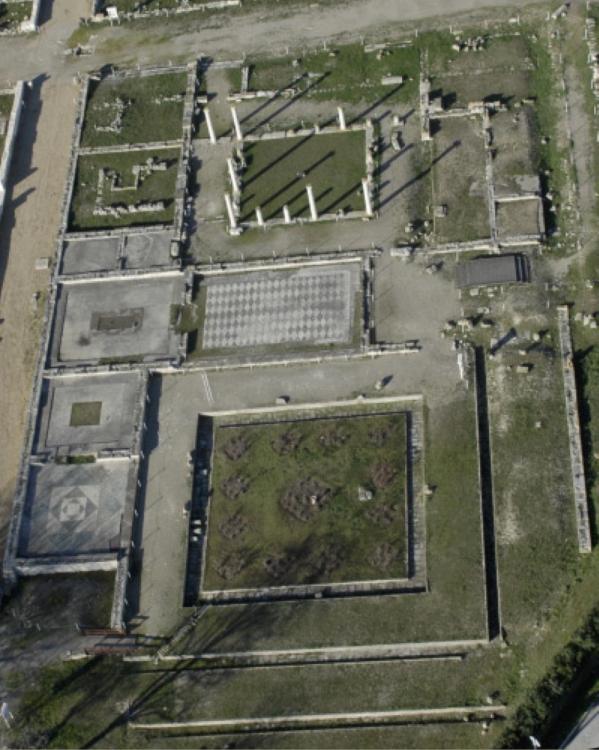
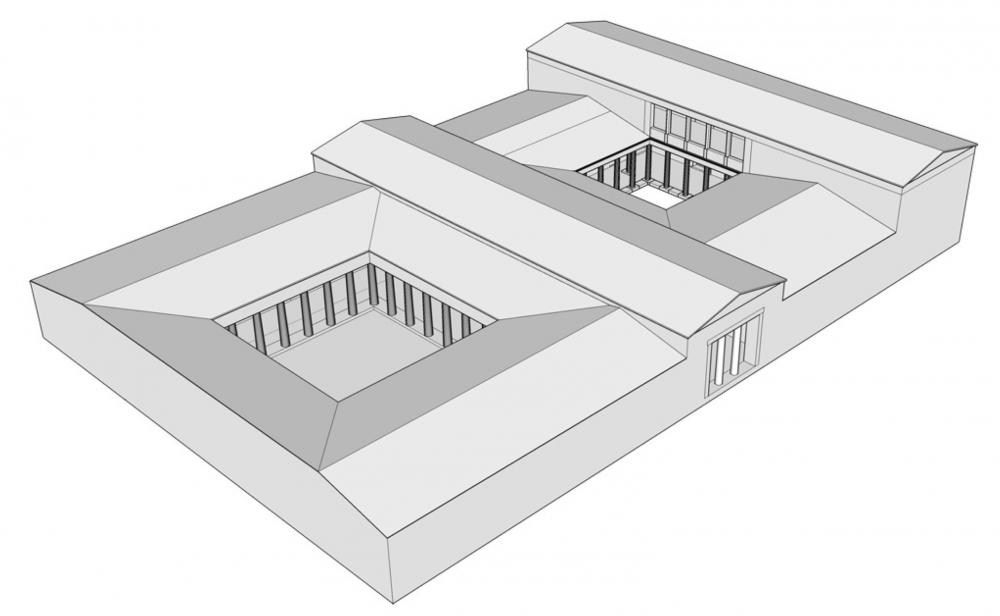
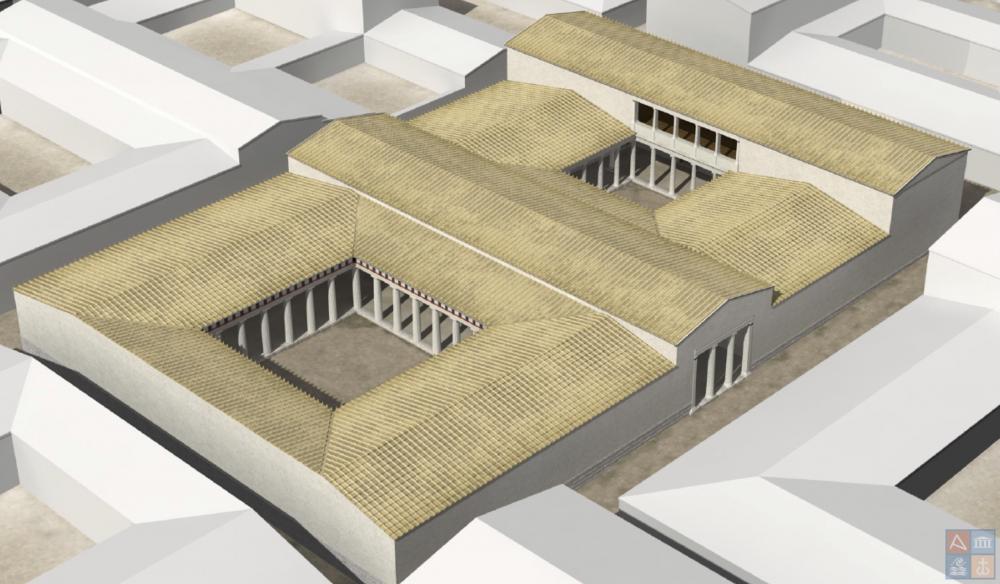
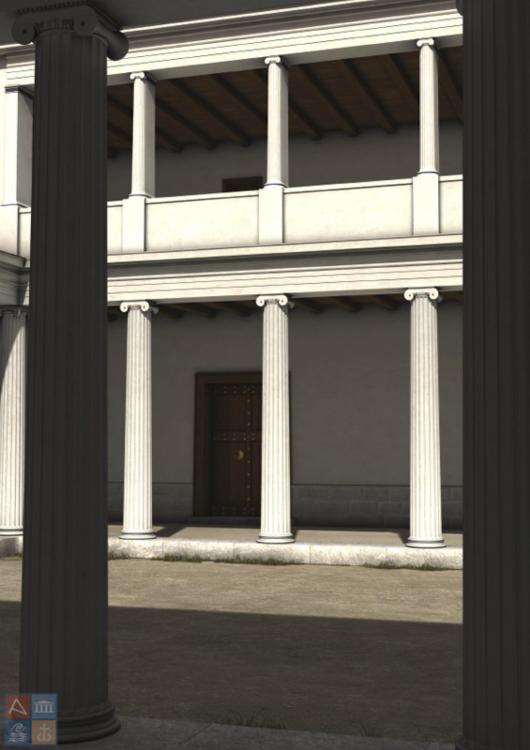
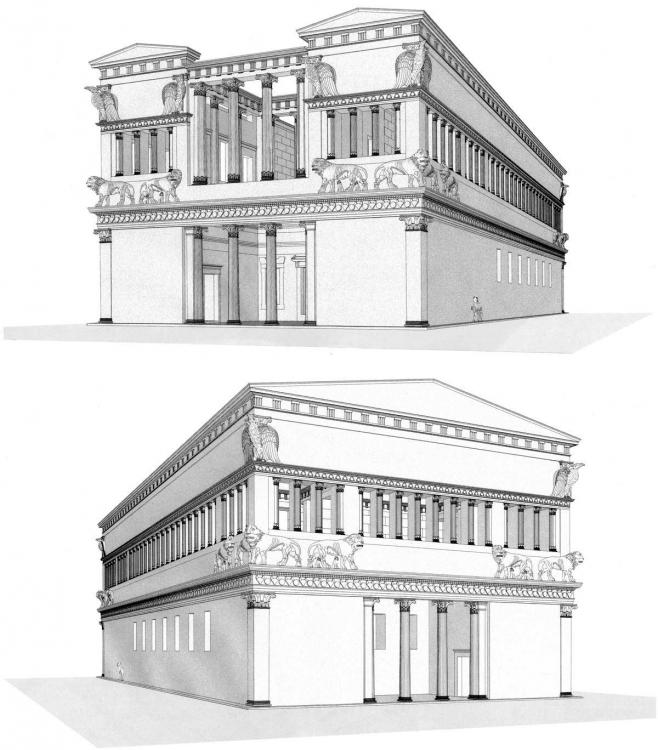
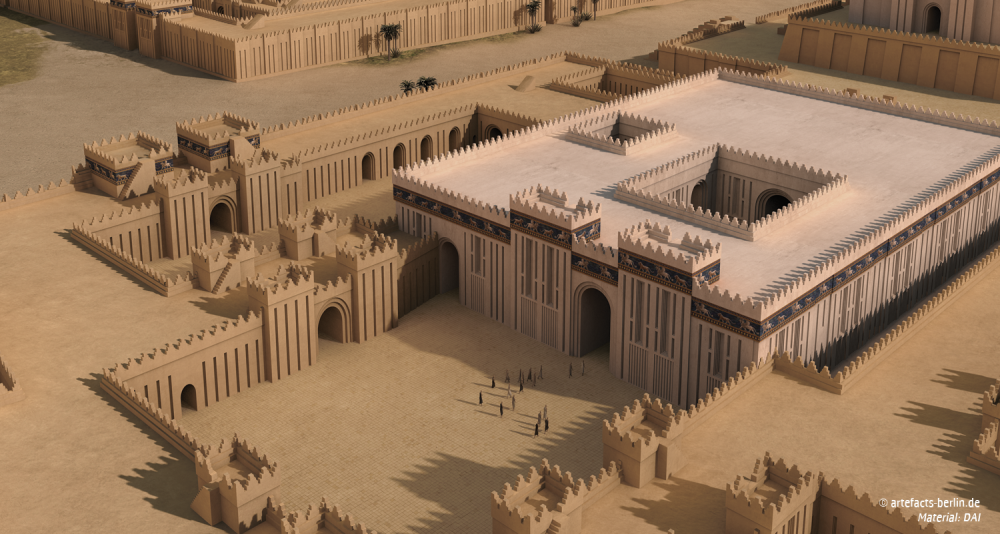
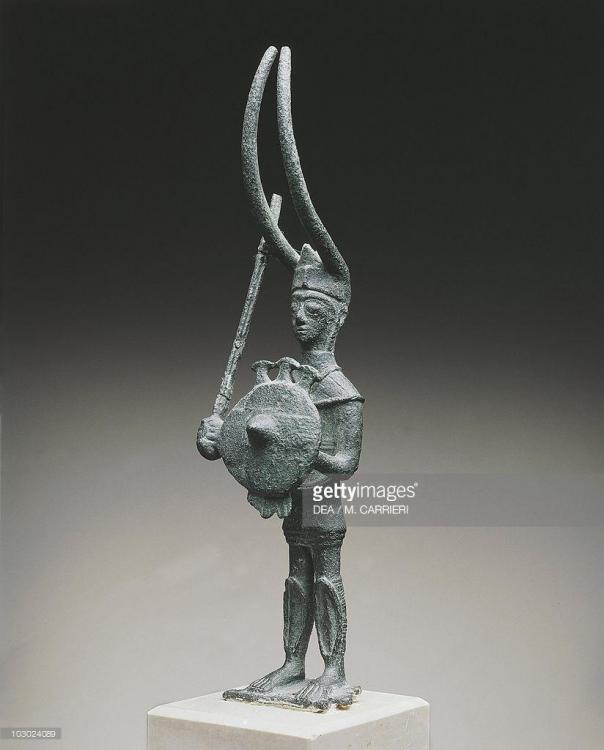
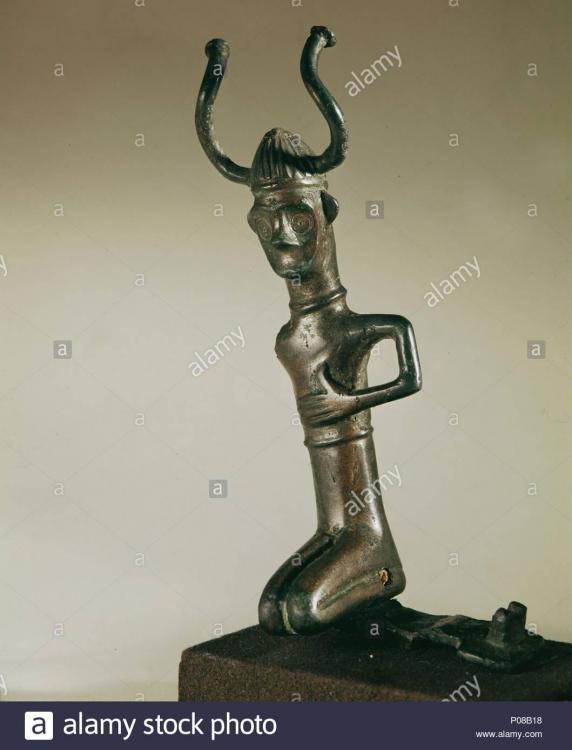
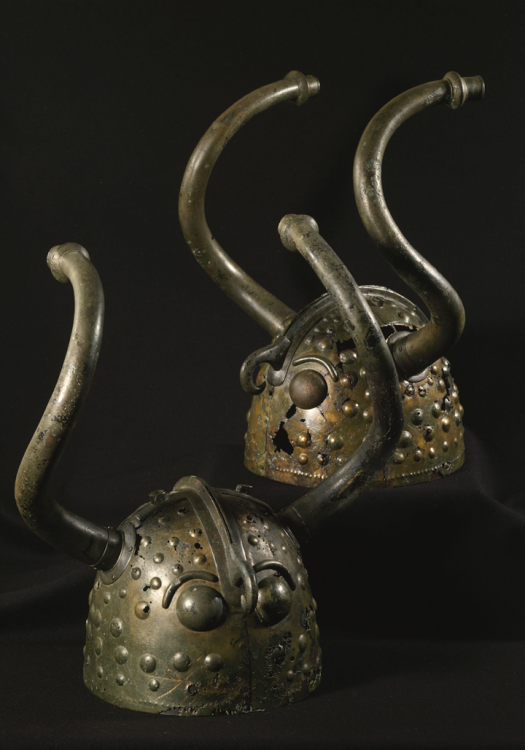
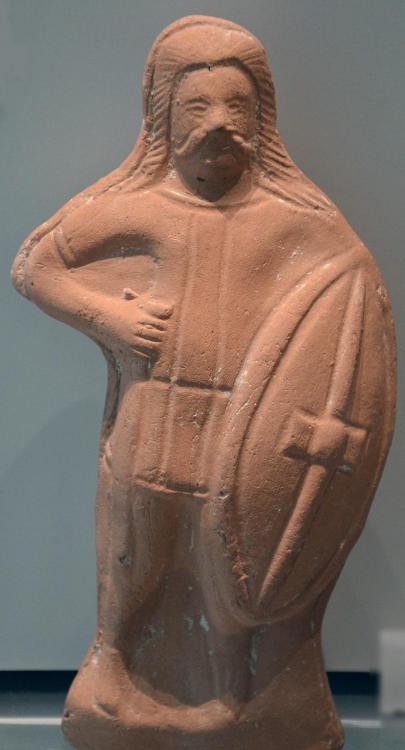
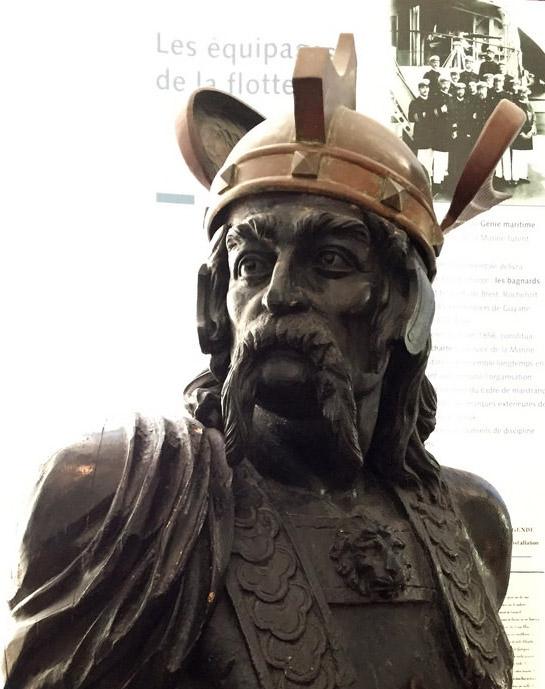
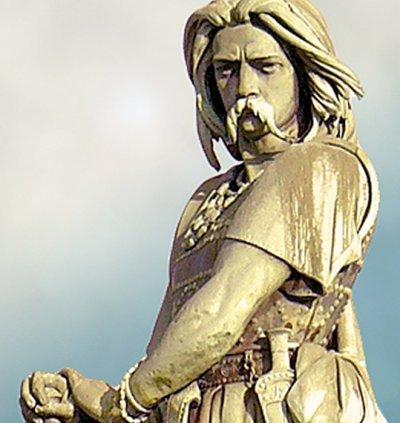
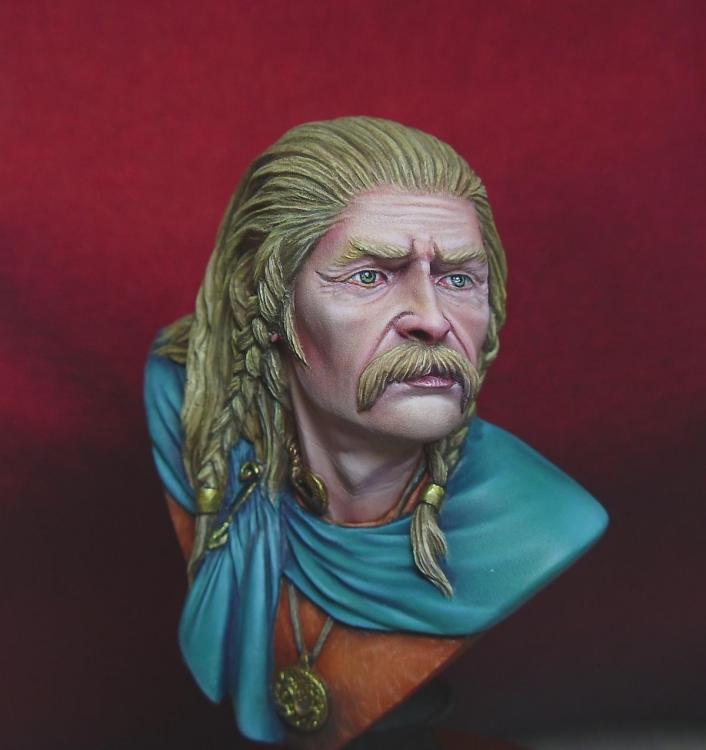
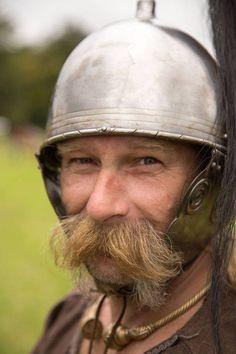
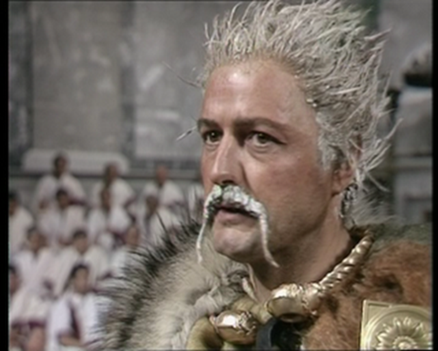

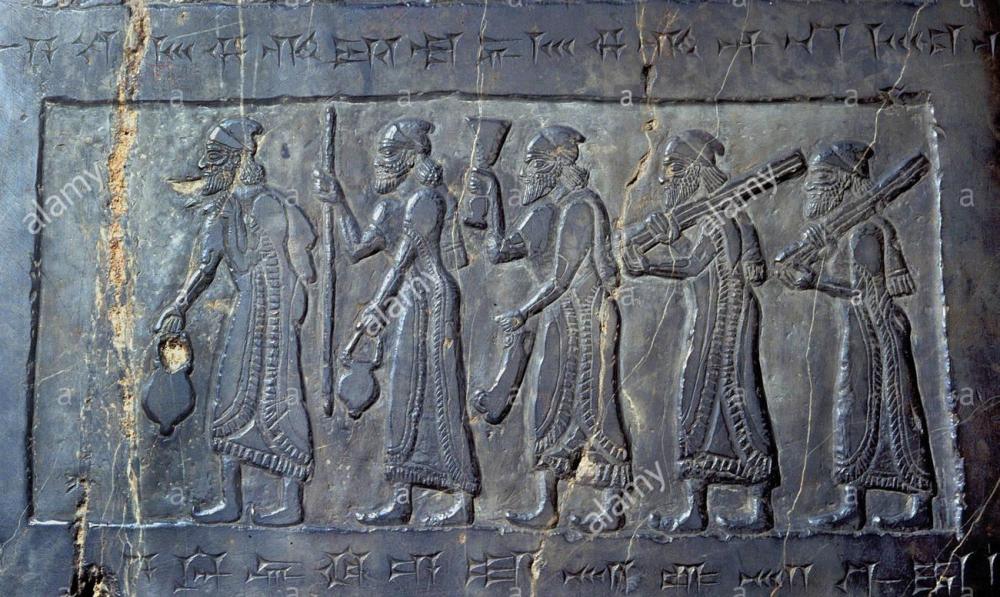
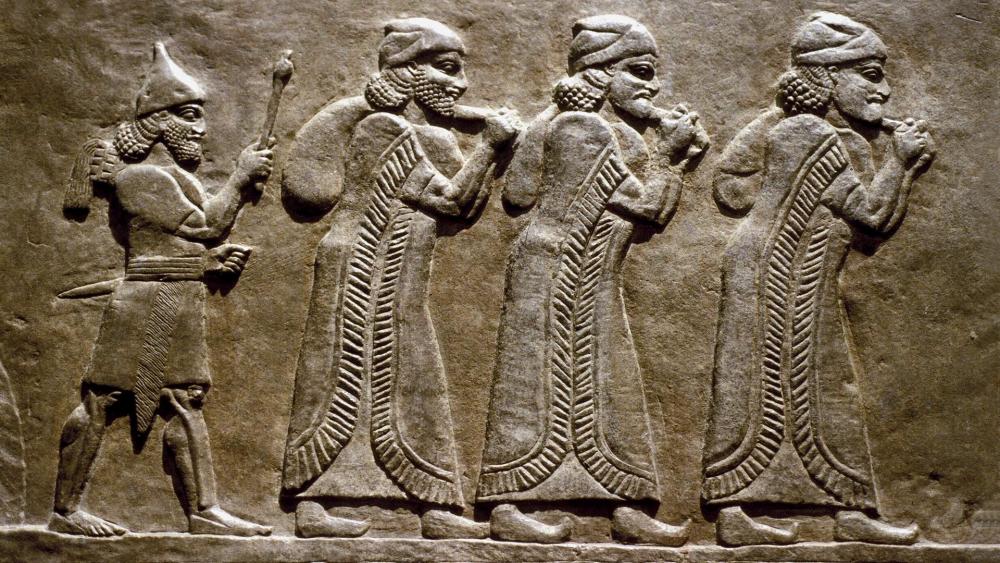
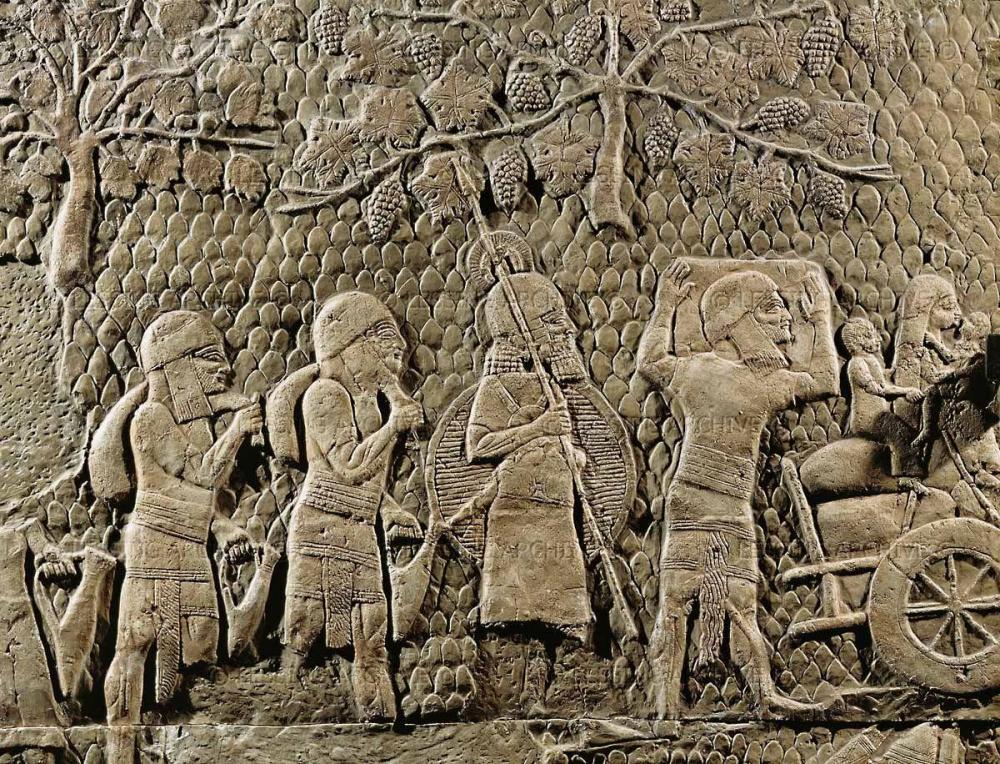
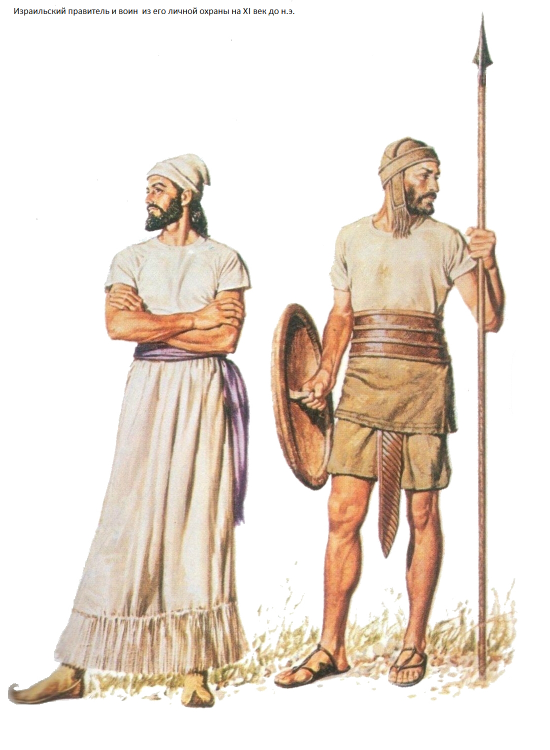
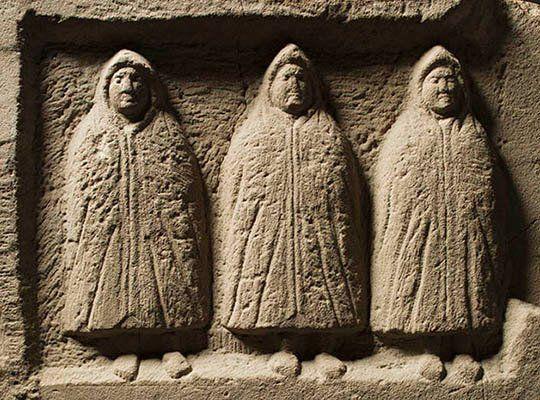
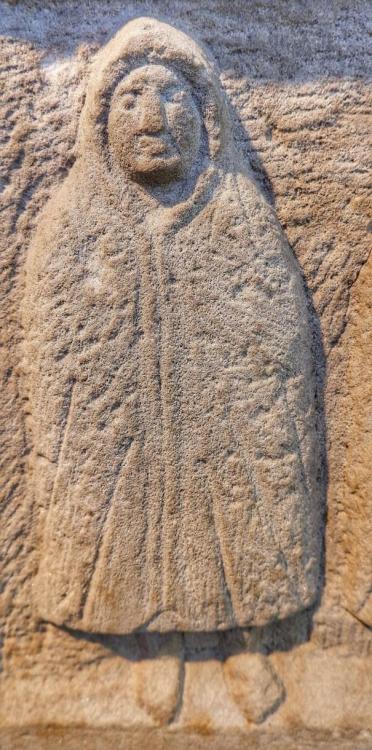
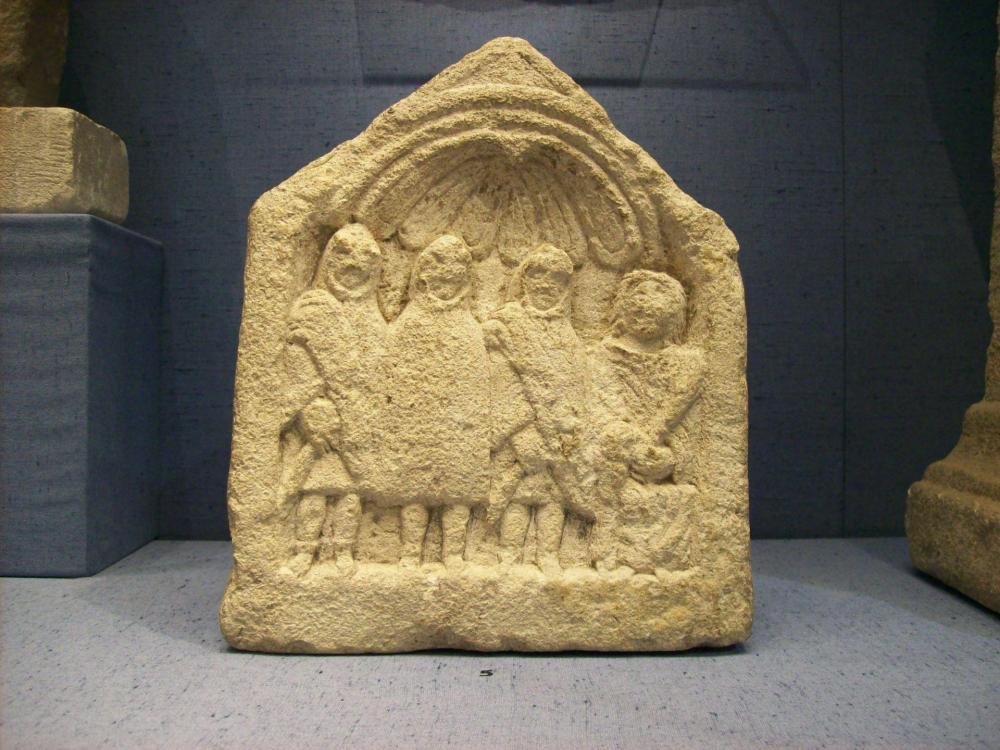
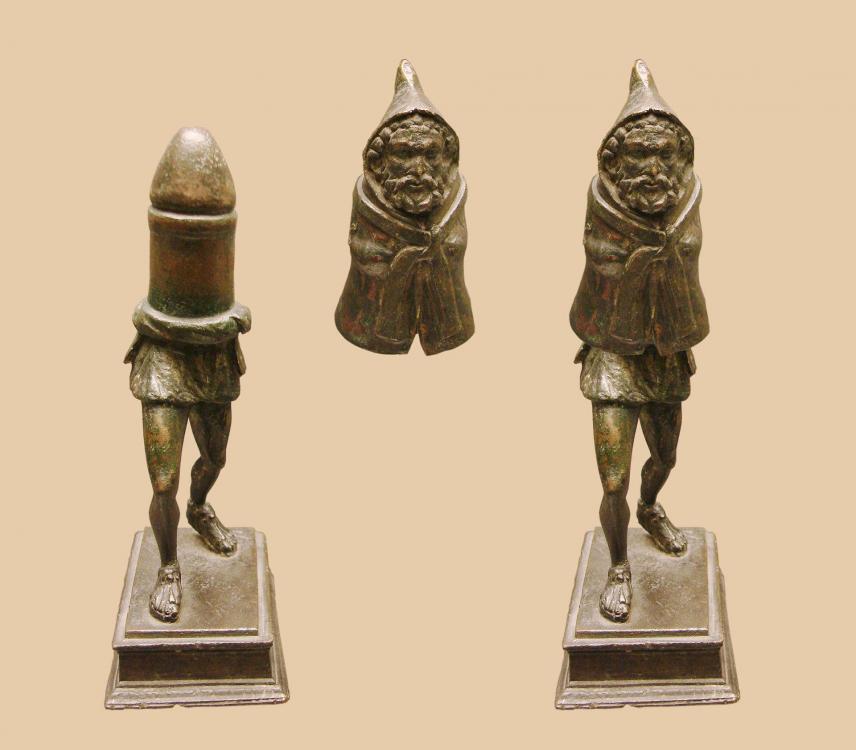
Rams and swordmen
in Help & Feedback
Posted
Uhu...